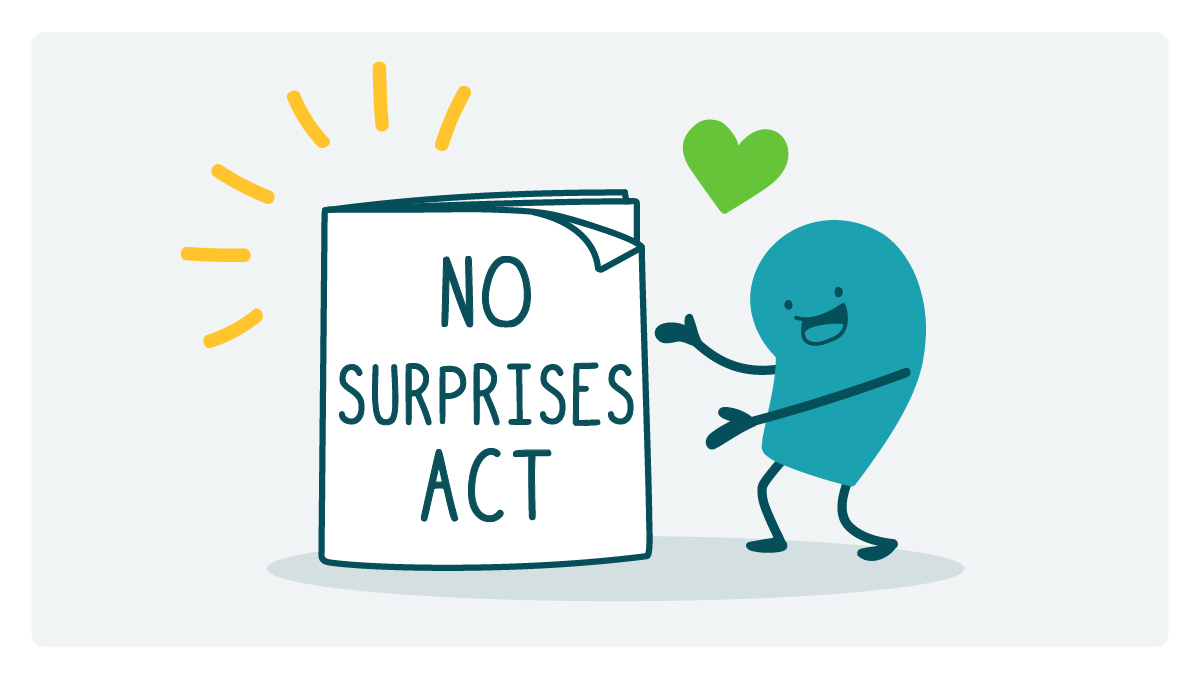AHIP and BCBSA also took aim at providers for allegedly abusing the billing dispute resolution process set up by No Surprises in the latest salvo over the polarizing law.
Dive Brief:
- Federal legislation holding patients blameless for surprise medical charges prevented more than 10 million unexpected bills in the first nine months of 2023, according to a new analysis by health insurance groups.
- The survey of U.S. payers from AHIP and the Blue Cross Blue Shield Association also highlighted a “growing and troubling trend” — an increasing number of claims going through the payment negotiation process set up by the No Surprises Act.
- Regulators forecast that 17,000 claims would go through that process, called independent dispute resolution, each year. However, AHIP and BCBSA estimate almost 670,000 claims were submitted to IDR between January and September 2023 alone.
Dive Insight:
The No Surprises Act, which went into effect in 2022, is viewed as the most sweeping consumer health protection law since the Affordable Care Act. However, its rollout has been plagued with controversy, with providers and insurers at odds over how regulators interpreted the law in setting up IDR.
To resolve payment disputes, providers and insurers enter into baseball-style arbitration, wherein a third-party arbiter picks one payment offer, submitted by either side, as the final payment amount.
Providers say the assumptions that arbiters are instructed to consider favor health insurers, and that the cost of initiating IDR makes it prohibitive for them to access. IDR is also time-intensive — it can take more than six months for a provider to receive payment after initiating — and many insurers aren’t complying with decisions as it is, doctors say. One survey of physicians found payers didn’t reimburse more than half of all awards from surprise billing decisions.
Meanwhile, payers say providers are exploiting the arbitration process to try and increase their profits, citing federal reports claiming that, when IDR resolutions do go through, 71% of resolutions ultimately favor providers.
AHIP and BCBSA surveyed 21 insurers representing 65% of the U.S. commercial market in November for the report, which they said was further evidence providers are abusing IDR.
“The large number of disputes initiated, including thousands of batched claims and many ineligible submissions, indicates many health care providers who were previously able to balance bill patients may now be utilizing the Federal IDR process, presumably in hope of collecting above-market reimbursement amounts,” the report says.
The government’s IDR portal has been bogged down by a high number of disputes since opening in spring 2022.
Implementation has been further complicated by a flurry of lawsuits challenging the law filed by provider groups. A handful have forced the HHS to stop dispute resolutions and rewrite IDR rules, increasing the backlog.
A government watchdog in December found parties submitted nearly 490,000 disputes from April 2022 through June 2023. About 61% of those remained unsolved by the end of that period.
Late last year, the Biden administration proposed a rule to make billing disputes more efficient, hopefully reducing the number of ineligible cases that reach arbitration. The rule, if finalized, would require more open negotiation between payers and providers before they submit their dispute to IDR.


